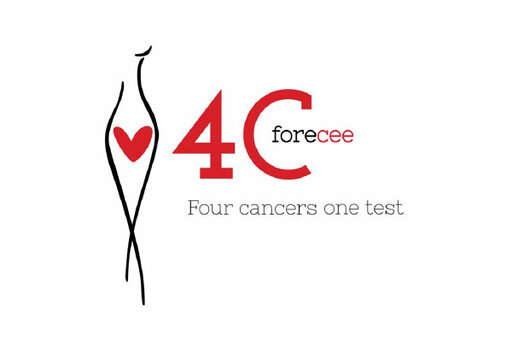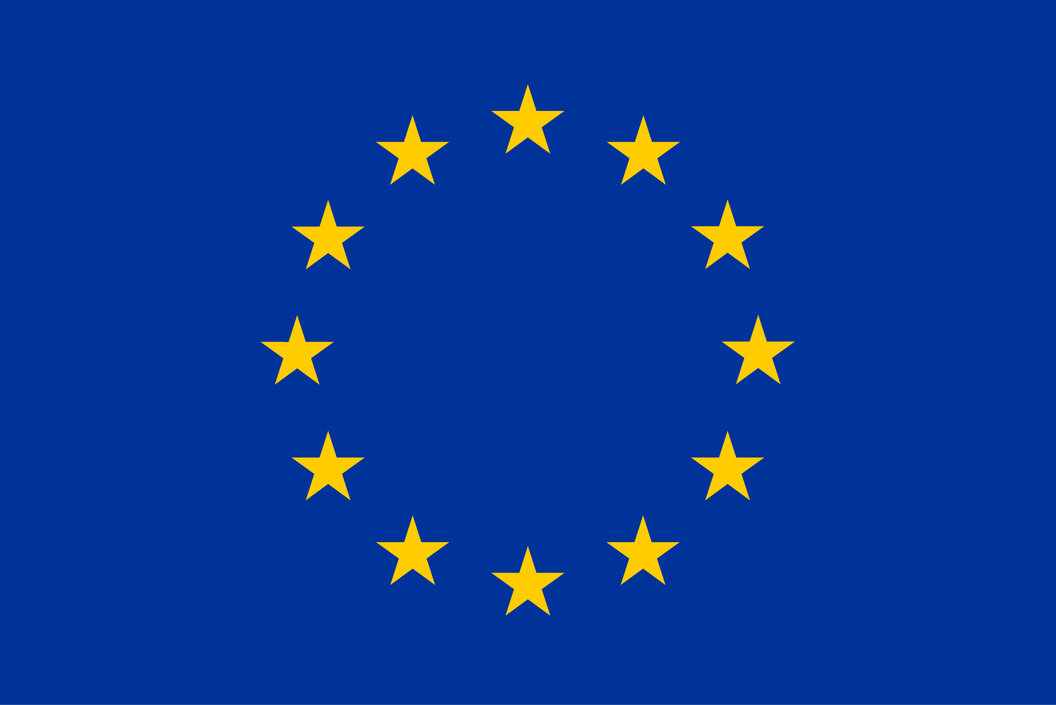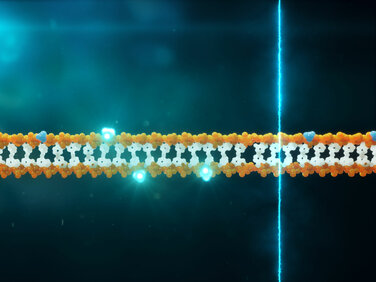Cervical screening, based on cytology (looking at cell morphology) or molecular testing for the presence of certain Human Papillomaviruses (HPV) that are known to cause cancer, has been one of the biggest advances in cancer screening in the last decades. However, this screening approach is limited to cervical cancer and cannot predict the risk for other women's cancers. Each year, many millions of cervical screening tests are performed in Europe and after the test, the leftover material is discarded.
The FORECEE project investigated whether we could use cervical samples for prediction of other women's cancers: like the tissue of origin in women's cancers (breast, endometrial, ovarian, and cervical), cervical cells are epithelial and hormone sensitive. Therefore, they could act as a surrogate tissue for these other cancers, with the advantage that they can be easily collected (or may even be collected from "leftover" routine cervical smears) rather than having to take invasive biopsies of the tissue of origin (breast, ovaries, and endometrium).
We analysed DNA methylation of cervical samples with clinical and other omic data, and used this to develop risk prediction signatures for each of the four women's cancers. These signatures are called WID (Women's risk IDentification) cancer indices.
Women whose test results show an increased risk can then be provided with preventive measures, such as lifestyle changes, specific preventive medication or more frequent screening.
The FORECEE project (Female cancer predictiOn using ceRvical omics to individualisE sCreEning and prEvention) was amongst the first comprehensive programmes looking beyond cancer genetics and exploiting systems biology approaches for cancer risk prediction. The newly developed risk indices help to predict individual cancer risk for women and ultimately may help to reduce the incidence of women's cancers in line with our vision 2040.








